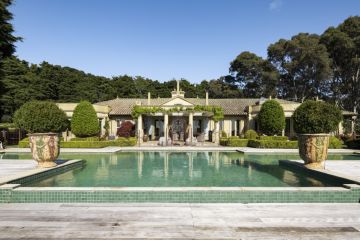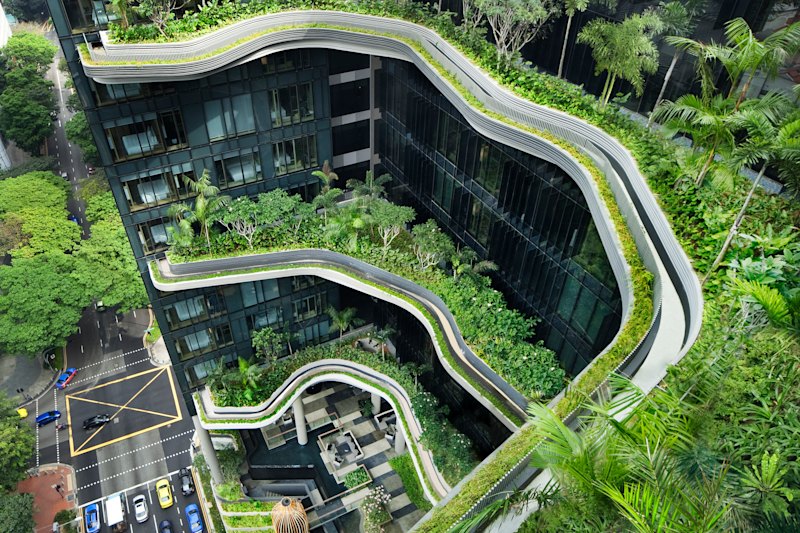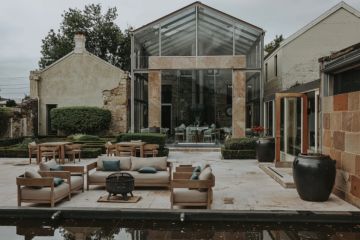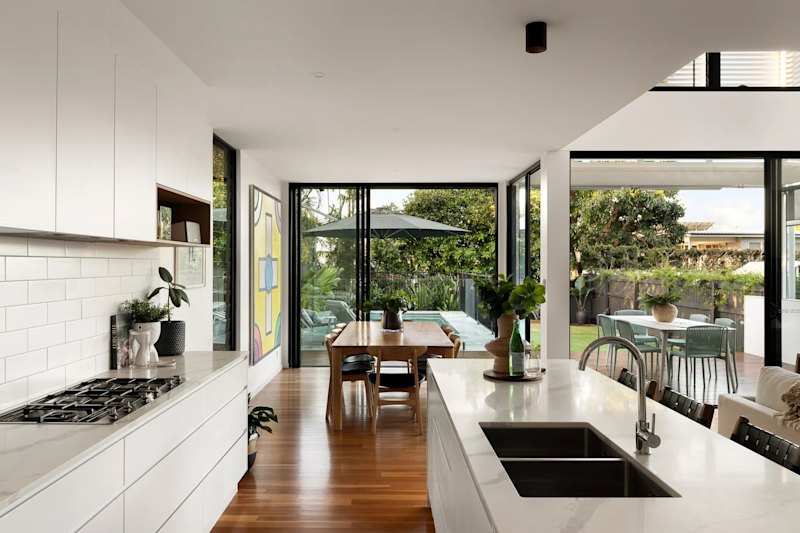The first thing home owners should do when planning an outdoor renovation
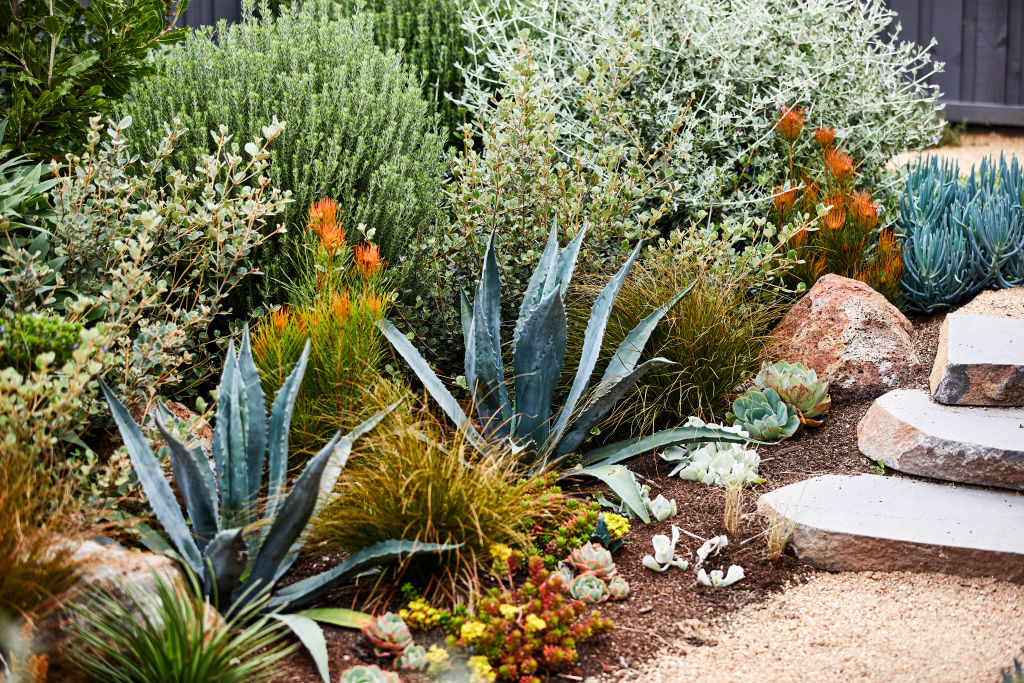
Congratulations! After many months, meetings, schedules and spending a disproportionate (but worthy) amount of time choosing tapware, your new home build is complete.
Well, the interior is at least, the outside remains exactly as you found it: a dirt patch looking for some love.
Tackling the garden after a long building project can feel overwhelming but, with careful planning and the assistance of experts, you can create an outside oasis that is a well-matched suitor for your new home.
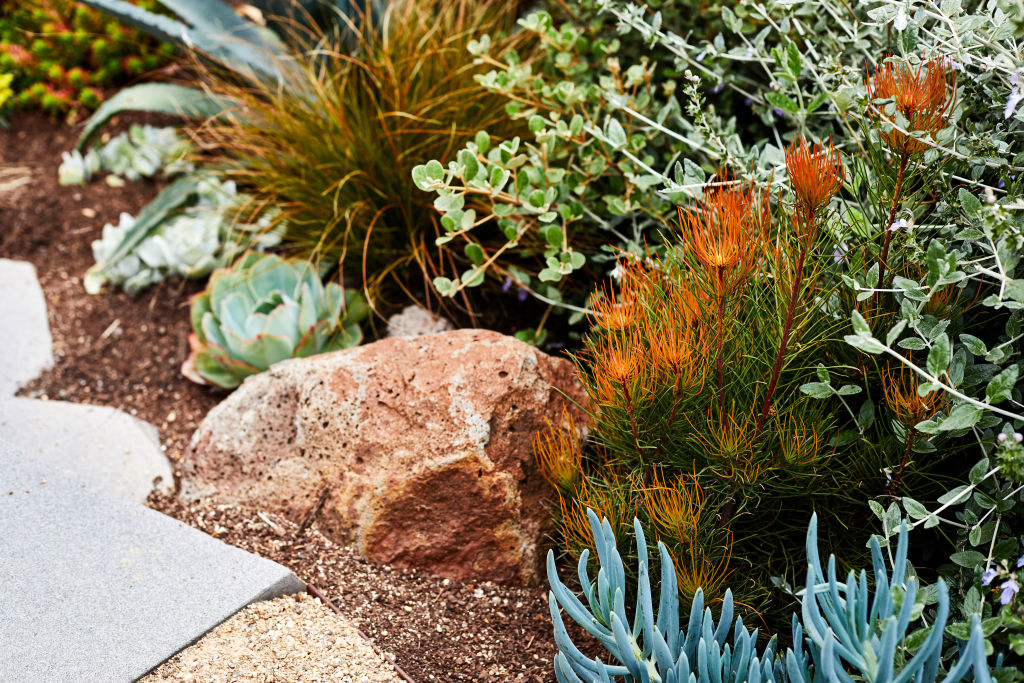
“The first thing new home owners should do when turning their post-construction apocalyptic backyard landscape into a garden is to stop, sit and look,” says landscape designer and editor of The Planthunter, Georgina Reid.
“Try to develop as clear and comprehensive a picture as possible of the existing space and its opportunities and constraints,” she adds. “Then once you’ve gathered this information, think about what you would actually like, what you can actually commit to and what you can actually afford.”
Similarly, Phillip Withers of Phillip Withers Landscape Design believes home owners should consider their lifestyle parameters before getting caught up on stylistic elements of a new garden.
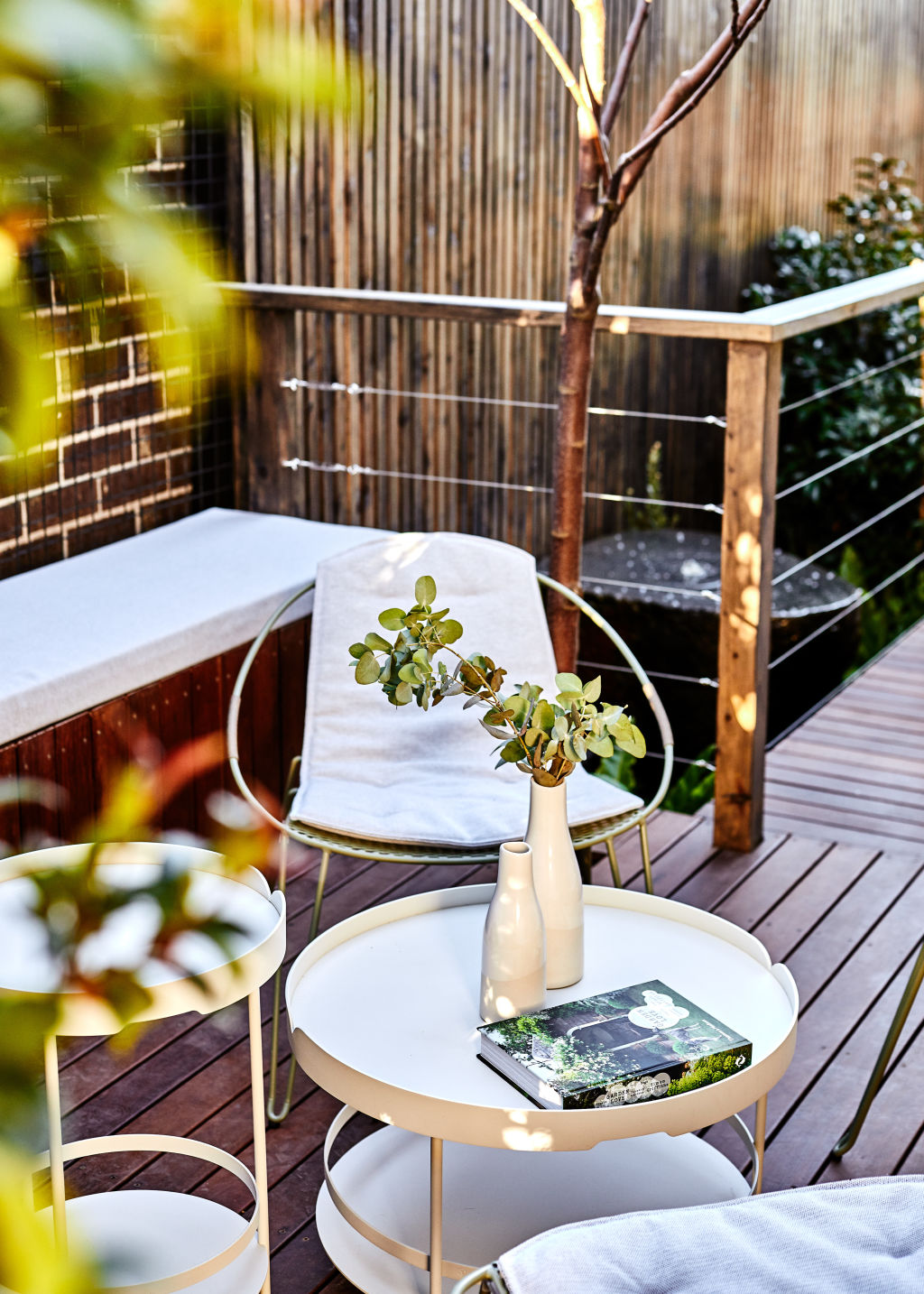
He suggests working with a landscape designer or horticulturalist to establish a garden where a “low-intensive-maintenance regime will be established” by collaborating with them to “procure your plant life, help set out your plants and give you a lesson to plant and maintain the garden yourself with a quarterly check-up”.
Before getting side-tracked selecting exciting plants, Reid maintains all good gardens start from the ground up and prioritises quality soil above all else.
“It’s not sexy but the more alive your soil is, the happier your garden will be,” she says. “Feed it with organic matter and compost and treasure it with mulch and water and your soil will reward your attention with lots of worms and microbes and life.”
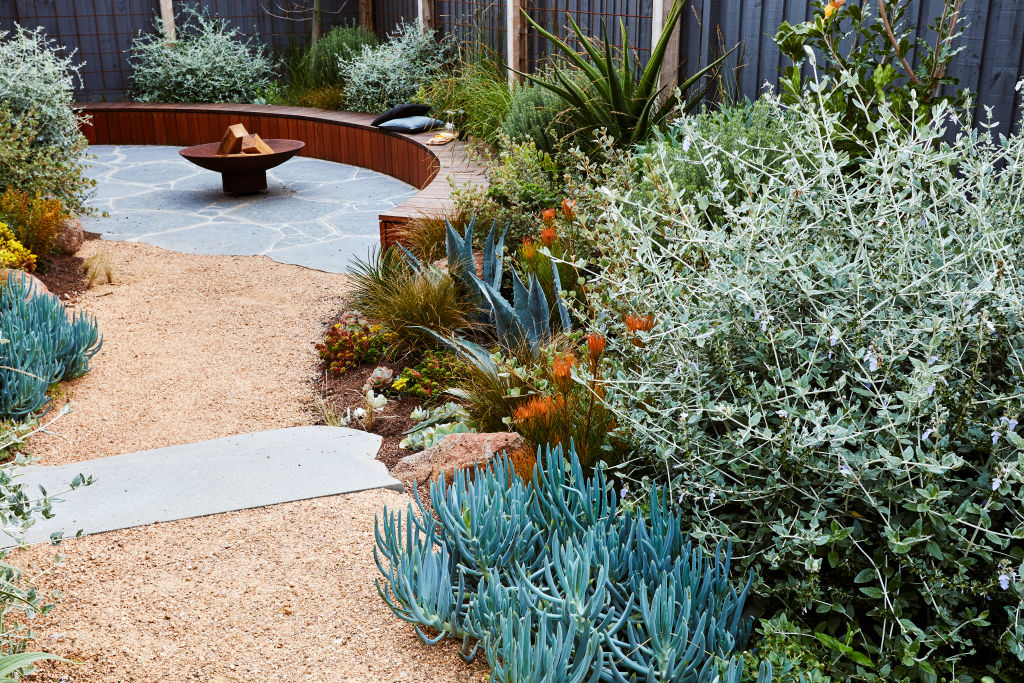
With the soil foundations sorted, the planting can commence but a good gardener should consider their location before seeking out the best hydrangeas for the nature strip.
“It’s really important for people to remember that plants are living beings, not objects,” Reid says. “They have specific requirements for growth, just like us, and if you can’t give them what they need, they might die.”
Seeking advice from a horticulturalist, joining your local community gardening club or simply walking around your neighbourhood to see what plants look healthy are good ways to determine plants specific to your location.
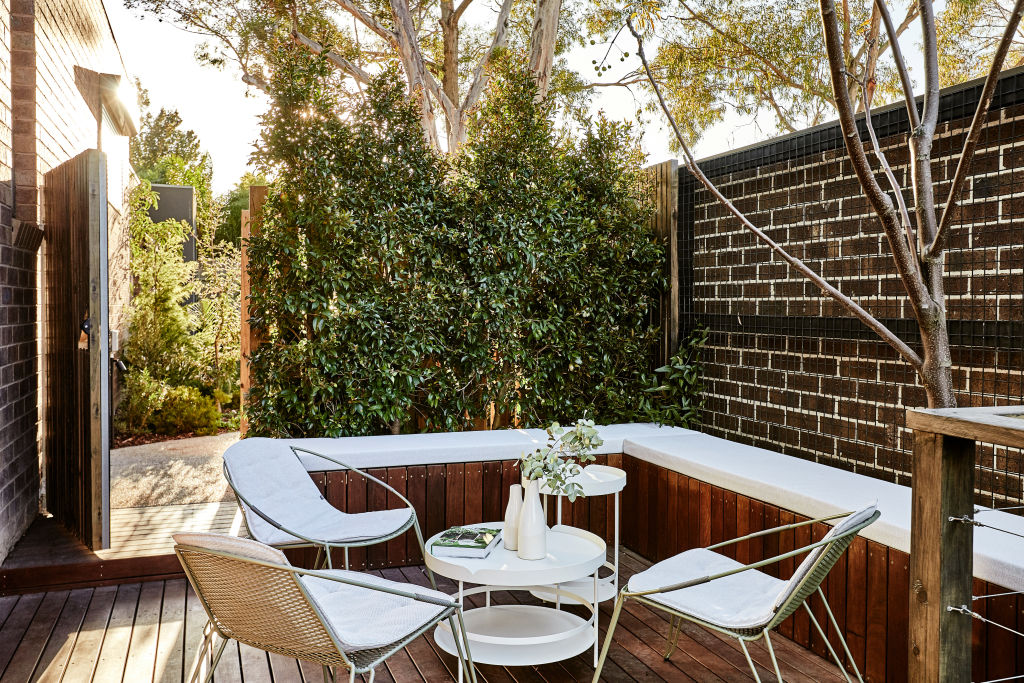
“A biodiverse garden gives you many options for a hardy palette,” Withers says. “Plants such as native grasses and shrubs such as banksia, correa and dianella, South African shrubs such as euphorbia, Mediterranean shrubs such as rosemary and Central American and South African succulents and cactus such as kleinia and echinocactus are a great starting point.”
“The first thing new home owners should do when turning their post-construction apocalyptic backyard landscape into a garden is to stop, sit and look,” says landscape designer and editor of The Planthunter.
A garden takes patience and perseverance but brings with it a joy that can’t be rivalled, says Reid, and when you see your dirt patch transform: “You’ll be hooked.”
We recommend
We thought you might like
States
Capital Cities
Capital Cities - Rentals
Popular Areas
Allhomes
More



